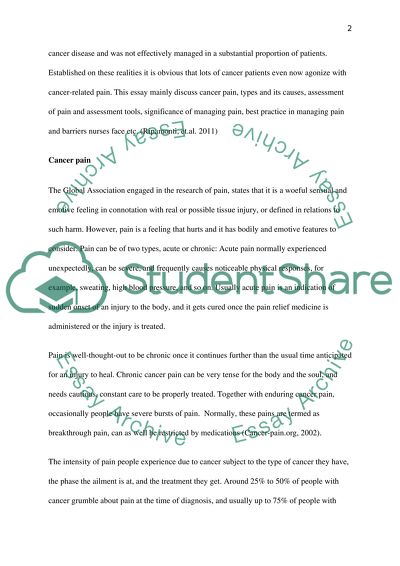Cite this document
(“Literature Review on Management of Cancer Pain Essay”, n.d.)
Literature Review on Management of Cancer Pain Essay. Retrieved from https://studentshare.org/nursing/1399304-literature-review-on-management-of-cancer-pain
Literature Review on Management of Cancer Pain Essay. Retrieved from https://studentshare.org/nursing/1399304-literature-review-on-management-of-cancer-pain
(Literature Review on Management of Cancer Pain Essay)
Literature Review on Management of Cancer Pain Essay. https://studentshare.org/nursing/1399304-literature-review-on-management-of-cancer-pain.
Literature Review on Management of Cancer Pain Essay. https://studentshare.org/nursing/1399304-literature-review-on-management-of-cancer-pain.
“Literature Review on Management of Cancer Pain Essay”, n.d. https://studentshare.org/nursing/1399304-literature-review-on-management-of-cancer-pain.


